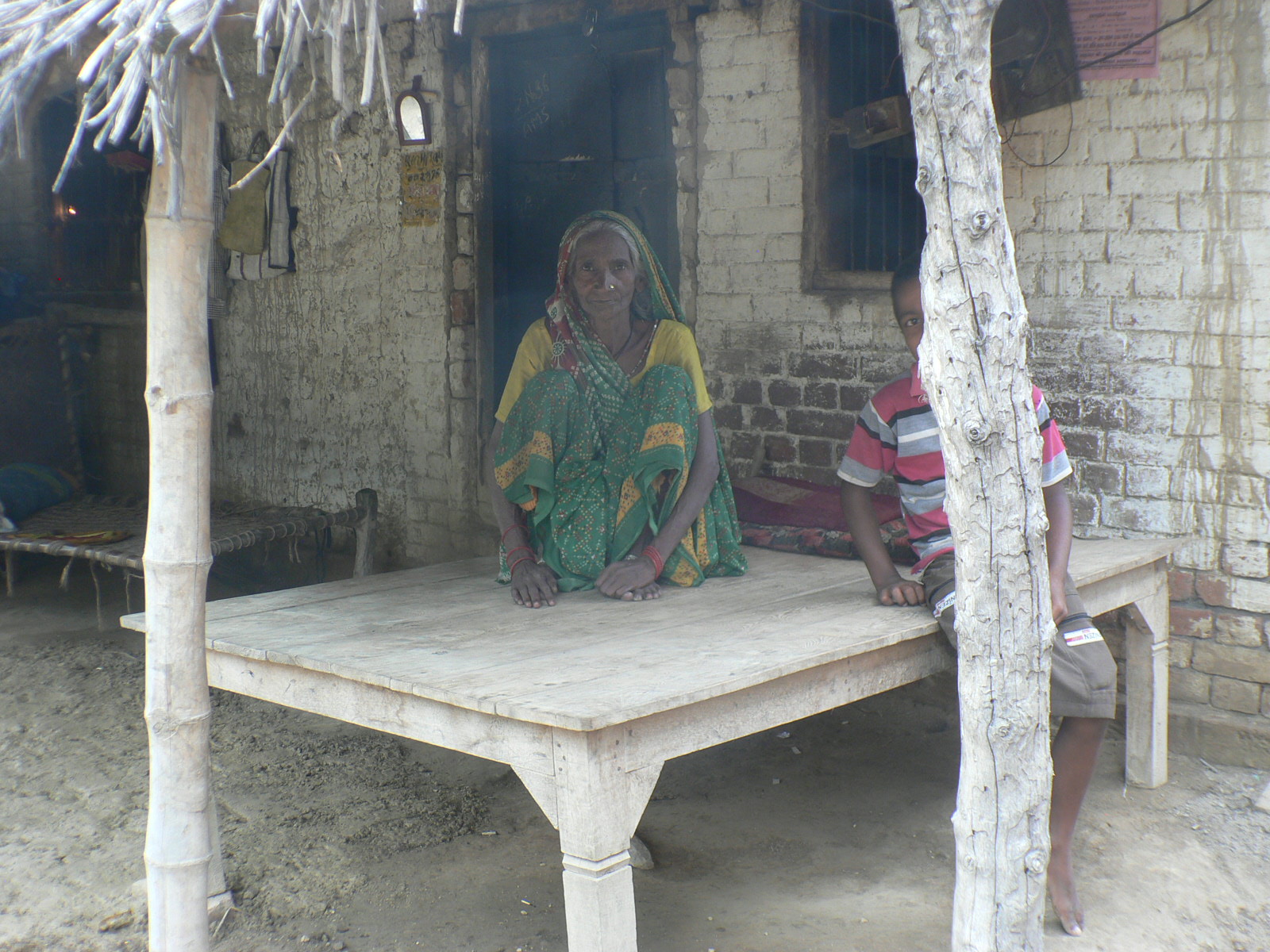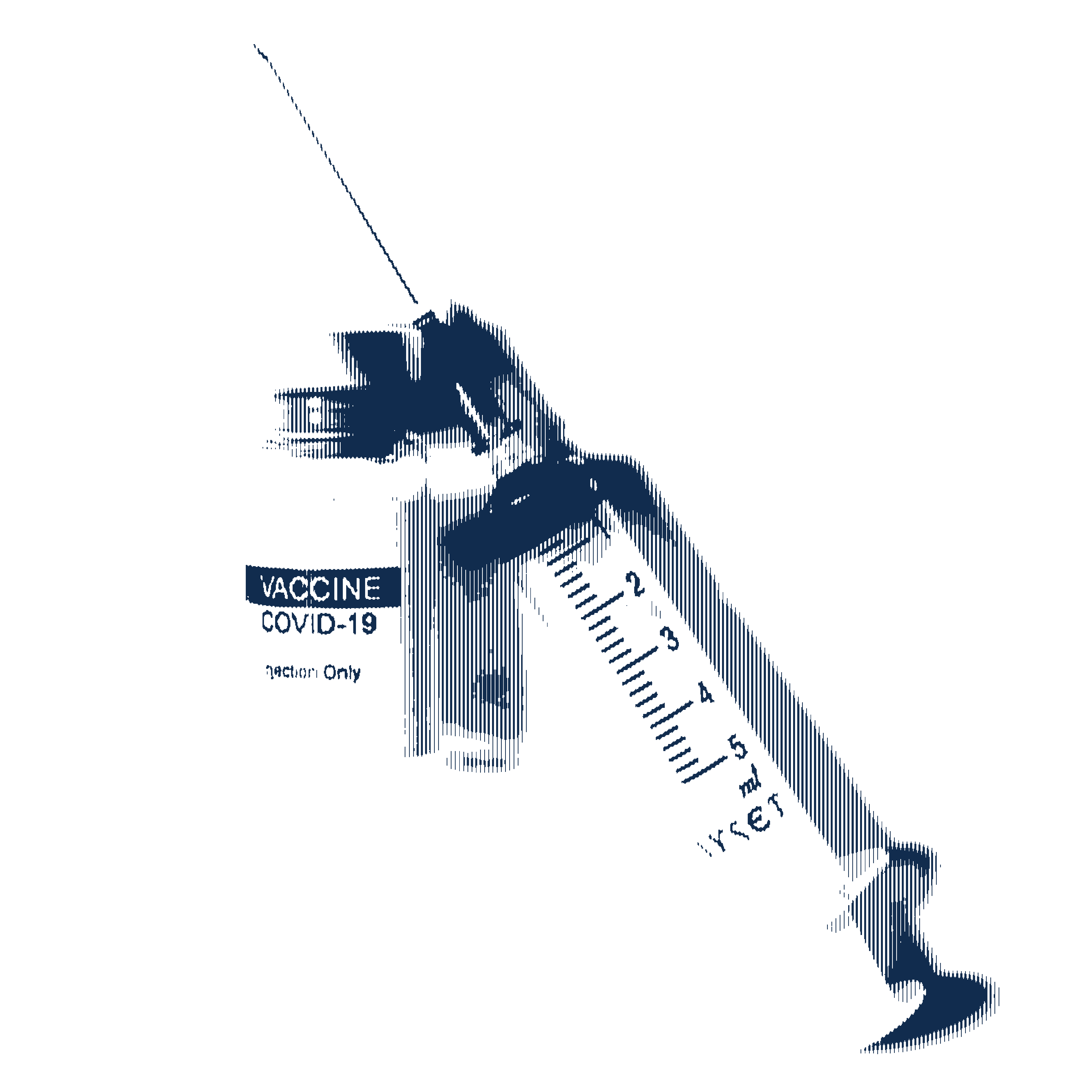
According to the World Health Organization (WHO), every second person in India dies from a non-communicable diseases. But insufficient data makes it difficult to analysis this information.
On the subject of chronic diseases and their rapid growth in India, Professor Prabhakaran Dorairaj is an expert. Within minutes, the managing director of the Center for Chronic Disease Control in New Delhi rattles off the most important figures for the entire country: The prevalence of coronary heart disease is between 8 to 10 percent in the city and 5 percent in the country. Furthermore, the prevalence of diabetes is about 10 percent in urban areas and 5 percent in rural areas. The Indian subcontinent accounts for approximately 10 percent of the world's smokers, second only to China. Sixty percent of people in India who die from non-communicable diseases (NCDs) are under the age of 70.
The reasons mentioned by the cardiologist for this development include an aging population, poor diet, difficulty in breaking the hold of the food industry, and decreasing physical activity among both the urban and rural populations. According to Dr. Dorairai, the obvious solutions are there: Health insurance for all Indians, reasonable preventive measures, advanced training for physicians dealing with chronic diseases, and an improved coordination of existing policies at all levels.
After an hour in the director's air-conditioned office, Dr. Dorairaj has answered many questions on the increase of NCDs in India, including why it is taking so long for the world community, a regular advisor since 2011 on this subject, especially in the developing countries, to come up with effective counteractive measures.
At the Indian Council of Medical Research we get some indication to what lies behind the scientist's comments. The department for Health Research, which is controlled by the Health Ministry, has been dealing with NCDs since the seventies. Admittedly it was the "Burden of Disease Studies" carried out by the WHO in 2000 that initially opened the scientists eyes to the drastic increase of NCDs, according to Dr. D. K. Shukla, department manager. For a number of years now his department has been receiving more financing for research.
The problem, says Dr. Shukla, is "there are no cohort studies, and community-based studies are almost impossible due to poor conditions in the rural areas."
All he and his team can do is interventional research, rather than prevalence and incidence research, because "doctors in the rural areas are only concerned with treating the patients and not collecting data."
Just 90 minutes by plane north of Delhi, in the city of Lucknow is the Vivekananda Polyclinic and Institute of Medical Sciences. Lucknow, the capital city of the north Indian state Uttar Pradesh, is home to 16 million people. The Polyclinic is one of the city's largest state hospitals and every day more than 1500 people attend the Outpatient clinic. Hundreds of them sit, lie and squat on the floor or the few available seats. A further 350 people are treated as inpatients. Dr. R.N. Rastogi is responsible for managing the clinic. The phone in his dimly lit office on the third floor rings every few minutes.
Chronic diseases are on the rise everywhere, he says, in the cities and in the countryside. When asked for data to support these claims, he remains silent. The only document available that provides information on the occurrence of certain diseases is the annual report for the hospital. A report for the previous year for comparison is not available. The chief medical officer of the city responsible for collecting data from all medical facilities in Lucknow only visits infrequently, adds Rastogi.
Dr. Anil Kumar Shukla has little to say about collecting data. The former Chief Medical Officer made enough money to open a private clinic, the SC Trivedi Memorial Mother and Child Care Trust Hospital in Lucknow. But on the subject of increasing cases of NCDs here in his city, he shares, "Many people, who come here from the rural areas suffer from great stress, which in turn leads to high blood pressure and depression."
Thirty kilometers from Lucknow, in the Barabanki District, is the village of Museypur. Unpaved roads lead to the village where 900 people live in simple huts. Most of the villagers are scantily dressed, and each of them lives on less than a dollar a day.
The small medical treatment clinic in the centre of the village is furnished with simple wood pallets and straw mats that serve as hospital beds. According to Dr. Pankay Kumar, who stops by occasionally to see patients, currently the majority of the people are suffering from infectious diseases. During the monsoon season, most of the patients have malaria or dengue fever, but few patients have chronic diseases. Now and then, he will have a patient with cardiac problems.
"In any case, we also don't have the equipment to perform diabetes tests or any other test here," says Kumar. When asked about documentation and data collection, the villagers only shake their heads in disbelief. "As their doctors we remember which patient suffers or suffered from a particular illness, but we don't document it."
In the neighboring small town of Safdarganj, Dr. Derendra Verma runs his own small medical center differently. He says he has been gathering data on his patients for many years. He too has noticed that many of his patients suffer from diabetes and high blood pressure. But he assured me that, "no one has ever come here to collect the data."
Francois Decaillet is the Program Coordinator for the WHO Country Office for India. When asked about the subject of NCDs, like Dorairaj, Decaillet has plenty to say, and ended his remarks on the occurrence of and dealing with chronic diseases with words that, by far, most aptly describe the situation: "The public health system in India is not yet able to cope with chronic diseases."
This article was originally published in German. Translated for the Pulitzer Center by Anne Thurow.







